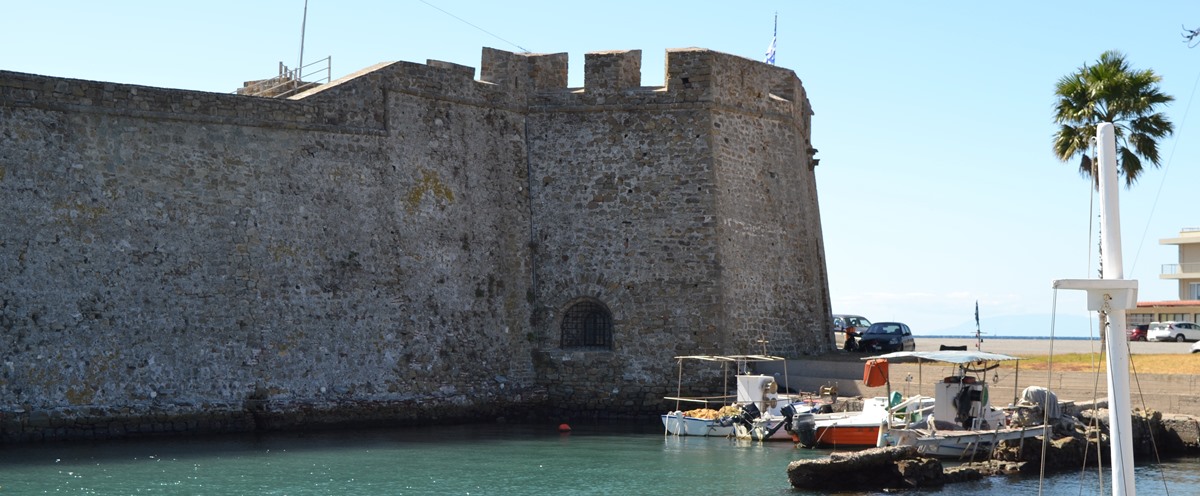ANTIRRIO

PLEASE NOTE THAT ALL THE PHOTOGRAPHS ON THE SITE ARE CLICKABLE LINKS

PLEASE NOTE THAT ALL THE PHOTOGRAPHS ON THE SITE ARE CLICKABLE LINKS
The fortress of Antirrio is under the modern bridge of Rio-Antirrio, on the north side of the strait, next to the harbor still used by the ferry boats.
Antirrio played an important role in the Byzantine and post Byzantine era due to its strategic position. Antirrio followed Nafpaktos' fate, when it was surrendered in 1499 during the first year of the Venetian Turkish war.
It was then that Soultan Vagiatzit II realized the strategic significance of the straits and secured the entrance with the construction of two forts on both capes (Rio of Moria and Rio of Roumeli), on ancient foundations.
The fortress of Antirrio experienced several destructions and restorations.
In 1532 it was besieged by the Genoese admiral Andrea Doria, who acted on behalf of the Hapsburg Emperor, Charles V. The Ottomans resisted at first, but then they retreated and blew the castle up.
The fortress was abandoned for about a year and then it was fortified again by the Ottomans in 1533. For that purpose artillery was brought over from Naupaktos.
In 1543 the Ottoman admiral Hayreddin Barbarossa again transferred to the fortress heavy artillery from Naupaktos.
In 1603 the fortress was destroyed by the Maltese Knights and was rebuilt by the Ottomans, who, however, blew it up again when Francesco Morosini forced them to abandon it.
Probably in the same year and definitely at the beginning of the so-called Second Venetian Occupation- the fortress was re-designed and rebuilt by Venetian engineers.
The Venetians controlled it until 1699 when it was ceded to the Ottomans following the Karlowitz peace treaty. In 1829 it was surrendered to the Greeks according to the treaty signed by Augustinos Capodistria, brother of the first governor of Greece.
In its present-day form the fortress is a typical specimen of a sea-front fortress, mainly Venetian in style.
Its plan is almost hexagonal with polygonal bulwarks on the corners. It is surrounded on three sides by sea and its northern side is protected by a flooded trench, which isolated it from the mainland.
Some remains of fortifications discovered at a distance of about 600 meters towards Aetolia, namely a trench and a long wall, used to isolate the peninsula on which the fortress was built from the mainland.
The main testimonies about the castle are 17th century sources, relating that within the fortress of Antirrio there were more than 89 houses, a Muslim mosque dated in the time of Beyazid II, a small mescid (domed prayer house without minaret) dating from the period of Suleyman the Magnificent and a Turkish bath complex.
Nowadays the fortress of Antirrion hosts the conservation department of the 22nd Ephorate of Byzantine and Post-Byzantine antiquities as well as galleries for art exhibitions.
The castle opens daily to the public (except on Mondays) between 9.00 and 17.00. (Check for winter opening times.)